A Guide to Identifying The Most Common Ant Species in Illinois
Image
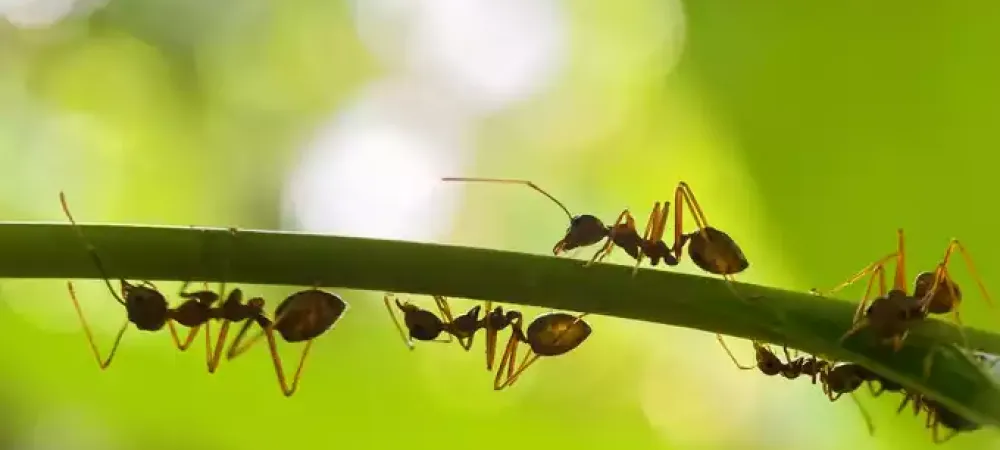
Ant colonies are a common nuisance for homeowners in Illinois, with several species prevalent throughout the state. Identifying these ants is crucial for effective pest management. In this blog, we'll discuss the most common types of ants in Illinois and provide tips on how to identify each species.
Odorous House Ants (Tapinoma sessile)
Image
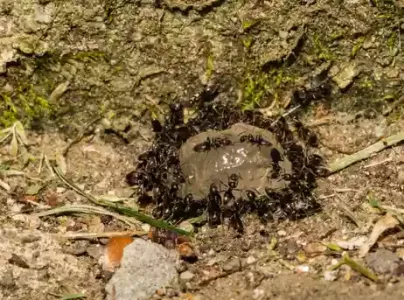
- Also known as Sugar Ants
- Size: About 1/8 inch long.
- Color: Dark brown to black.
- Identifying Features: Emit a strong, rotten coconut-like odor when crushed.
- Habitats: Nest indoors near moisture sources like kitchens and bathrooms.
- Control: Seal entry points, eliminate moisture sources, and use ant baits or traps.
Carpenter Ants (Camponotus spp.)
Image
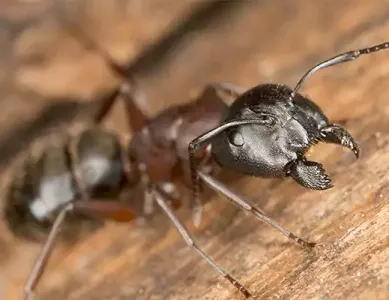
- Size: Varies, but typically larger than other ant species (1/4 to 1/2 inch long).
- Color: Black, red, or a combination.
- Identifying Features: Large mandibles, typically seen near wooden structures.
- Habitats: Nest in damp or decaying wood, including trees and buildings.
- Control: Locate and eliminate nests, repair water-damaged wood, and use ant bait or insecticide if necessary.
Pavement Ants (Tetramorium caespitum)
Image
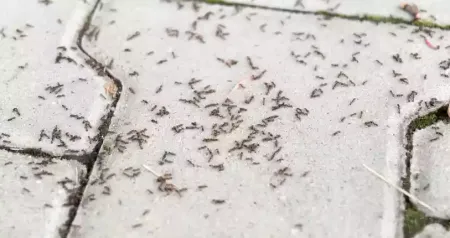
- Size: About 1/8 inch long.
- Color: Dark brown to black.
- Identifying Features: Two nodes between the thorax and abdomen, commonly found nesting under pavement or rocks.
- Habitats: Nest in cracks in pavement, under stones, or in soil near buildings.
- Control: Seal cracks and gaps in pavement, eliminate food sources, and use ant baits or granules.
Pharaoh Ants (Monomorium pharaonis)
Image
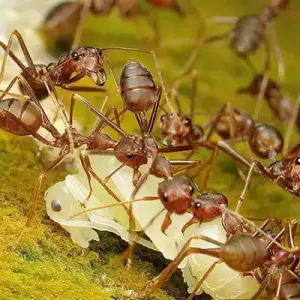
- Size: Tiny, about 1/16 inch long.
- Color: Light yellow to reddish-brown.
- Identifying Features: Multiple queens per colony, nests in warm indoor locations.
- Habitats: Commonly found in buildings, especially in heated areas.
- Control: Locate and eliminate nests, keep food storage areas clean, and use ant baits designed for Pharaoh ants.
Thief Ants (Solenopsis molesta)
Image
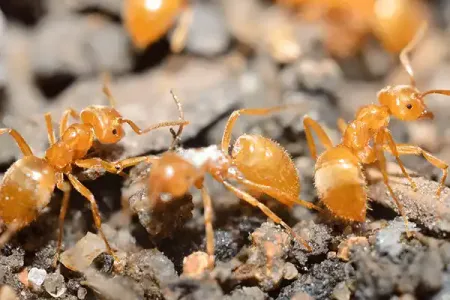
- Size: Very small, about 1/16 inch long.
- Color: Yellowish to brown.
- Identifying Features: Move erratically, often found near food sources.
- Habitats: Nest indoors near food storage areas or in walls.
- Control: Keep food sealed, clean up spills promptly, and use ant baits targeted at Thief ants.
Red Imported Fire Ants (Solenopsis invicta)
- Size: Varies, workers around 1/8 to 3/8 inch long.
- Color: Reddish-brown to black.
- Identifying Features: Aggressive behavior, painful stings, visible mounds.
- Habitats: Build large mounds in sunny areas, particularly in open spaces.
- Control: Use bait treatments for colonies, maintain a barrier around property, and avoid disturbing mounds without protective gear.
Field Ants (Formica spp.)
Image
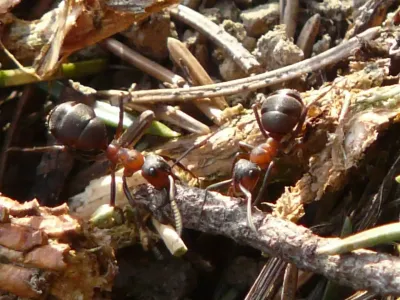
- Size: Varies, typically larger ants (1/4 to 3/8 inch long).
- Color: Black, red, or a combination.
- Identifying Features: Often seen foraging in open areas, build large, dome-shaped nests in soil.
- Habitats: Nest in soil, under rocks, or in rotting wood.
- Control: Reduce moisture around the property, seal entry points, and use ant baits or granules for control.
Citronella Ants (Lasius spp.)
- Size: Varies, workers about 1/8 to 3/16 inch long.
- Color: Yellowish to light brown.
- Identifying Features: Emit a lemon or citronella-like odor when crushed, prefer damp environments.
- Habitats: Citronella ants construct their nests in moist soil, often near building foundations or beneath concrete slabs.
- Control: Improve drainage around the property, fix leaks, and use ant baits or granules labeled for citronella ants.
Velvet Ants (Mutillidae family)
- Size: Varies, but typically large and robust (1/4 to 3/4 inch long).
- Color: Brightly colored, often red, orange, or black with dense fur-like covering.
- Identifying Features: Wingless females, females have a powerful sting, often mistaken for ants but are actually wasps.
- Habitats: Found in grassy areas, gardens, and woodland edges.
- Control: Generally not considered pests as they primarily prey on other insects, but avoid handling due to their sting.
Acrobat Ants (Crematogaster spp.)
Image
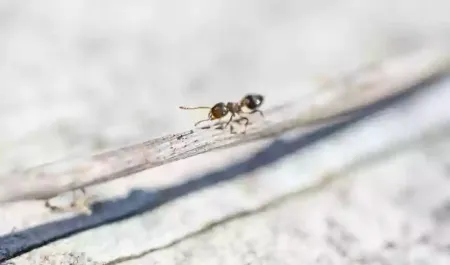
- Size: Small, about 1/8 to 1/4 inch long.
- Color: Light brown to black, heart-shaped abdomen when viewed from above.
- Identifying Features: Able to raise their abdomen over their head when disturbed, often nest in trees or wooden structures.
- Habitats: Nest in wood, including decayed or water-damaged wood.
- Control: Locate and eliminate nests, repair wood damage, and use ant baits or insecticides if necessary.
Professional Ant Exterminators
Whether you need help identifying ant species or are looking to get rid of ants for good, our team of professional ant exterminators are here to help. With over 37 years of providing local pest control treatments, our team has the experience, equipment, and expertise to help you get rid of your ant infestation. Contact our team today to learn more!

